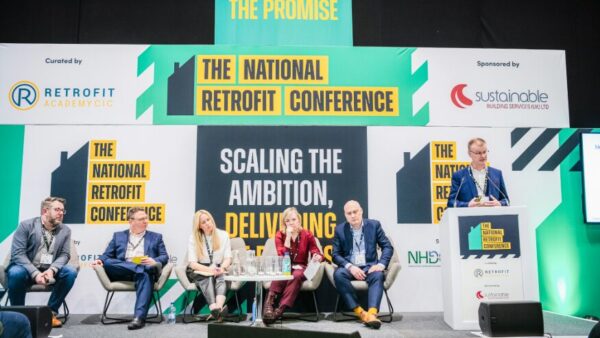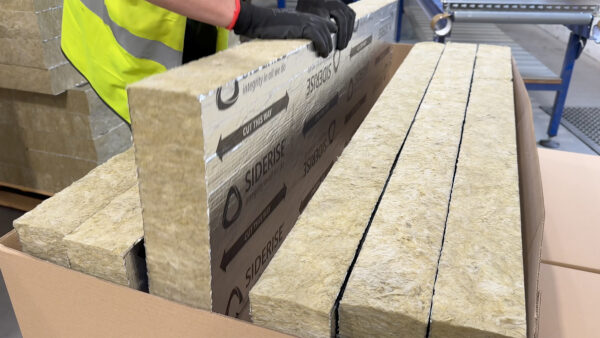The industry is slowly tackling its gender imbalance but there is a clear business case for doing more, says Sarah Wales

“We can all choose to seek out and celebrate women’s achievements,” it says on the International Women’s Day website. The day itself has been and gone for 2021, but how do we make sure that celebrating the achievements of women becomes part of our year-round discourse, not something that happens only once a year?
We often see articles about how few women there are in the construction industry, and how few girls engage in STEM (science, technology, engineering and mathematics). But we don’t see enough actually celebrating the achievements that women have made in the industry and the progress that the industry itself has made.
These figures from Statistica on the number of people employed in the UK construction industry tell us that more women became part the industry over the past few years: in Q1 2016, 2,002,000 men were employed in UK construction, and 270,000 women, whereas in Q2 2020 the figures were 1,939,000 for men and 298,000 for women.
How do we make sure that celebrating the achievements of women becomes part of our year-round discourse, not something that happens only once a year?
An increase of 28,000 women is good on the face of it, but even better when you look at the figures in terms of percentage increase: a 10.3% increase in the number of women working in the industry between 2016 and 2020. And while in 2016 women made up 11.9% of the workforce, four years later this had increased to 13.3%. This is definitely something to celebrate.
There is a clear business case for doing more to address gender imbalance in the industry, and construction is growing more aware of this.
There are benefits to engaging more women – an open, diverse and inclusive environment results in increased productivity and improved staff retention. WISE says its analysis has found that “there is a correlation between STEM companies having more women on their boards and their reaching the FTSE 100”. From a practical perspective, encouraging more women into careers in construction will also go some way towards tackling the skills shortage that, as we all know, is a real challenge for the sector.
What the construction industry is already doing
Let’s take a look at a few examples of what is already happening in construction to help redress the balance:
- Educating and inspiring – it’s never too early to start inspiring future generations, and a key way to address the perception of the industry and to encourage more new talent into the construction sector is for people and businesses to engage with schools and colleges. Esh Construction’s award-winning Building my Skills and Get into STEM programmes are great examples of this.
- Engaging with young adults – it doesn’t stop with school pupils. Go Construct’s website says “37% of new entrants into the industry that came from higher education are women”, and its “Women in Construction” pages work to dispel some of the myths around the construction industry. This page also includes helpful information on ways to get into the industry – whether you’re a school leaver or already have a career – and provides information on apprenticeships, traineeships, work experience and further qualifications.
- Promoting role models – it’s easier to imagine yourself in any industry when you can actually see people who you can relate to in that industry. Women seeing women in construction, and having visible role models, is important.
- Mentoring and men – as a woman it can sometimes feel intimidating to work in a male-dominated sector. Mentoring schemes are already helping with this, by helping men be good role models and by being aware of how women in work may act differently from men and how we therefore need managers who have more than one management style. Women supporting women is brilliant, but we need men to get behind this too.
Sarah Wales is an associate in the construction and engineering team at Womble Bond Dickinson.
This article has been created by Construction Manager in partnership with Womble Bond Dickinson.











